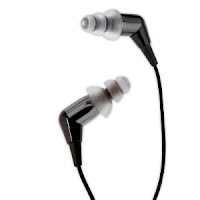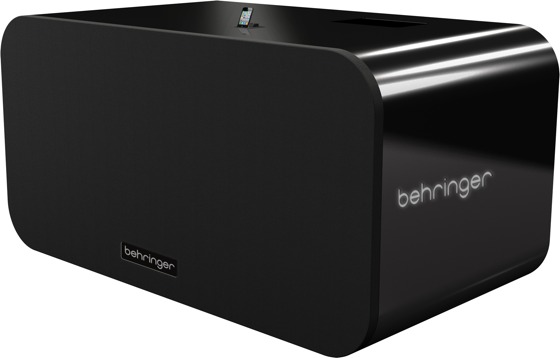The Song
Like so many hit records, "Dream On" is unique in its song form, which looks like this:
Intro (16 bars), Verse (12 Bars), B Section (4 Bars), Interlude (4 Bars), Verse (8 Bars), Chorus (6 Bars), Interlude 2 (7 Bars), Chorus (6 Bars), Bridge (14 Bars), Out Chorus (10 Bars)
Obviously this is not a song written by a formula, since the chorus takes so long before it's introduced (at about 2:05) and the bridge is the only section that actually contains the title of the song ("Dream On"). What's more, just about each section is a different length. The first verse has 12 bars while the 2nd verse has 8. The second interlude has the same motif as the intro, but is played in the major instead of a minor and is 7 bars long! Then we have the bridge (the high point in most songs) at 14 bars and the out chorus at 10. This is a highly unusual song form indeed.
The melody and lyrics of the song very strong, and these sell the song to the casual listener who doesn't take much notice to the music probably more than anything else.
The Arrangement
"Dream On" features a straight ahead 5 piece rock band, with almost no sweetening. About the only thing that changes during the song is the sound of the keyboard and the addition of the Mellotron in the intro and interludes.
The arrangement elements look like this:
* The Foundation: Bass and drums
* The Pad: The Mellotron in the intro, first verse and first interlude
* The Rhythm: This is different from most songs in that it's provided by the picking guitars and keyboards in the intro, verse and interludes.
* The Lead: Lead vocal
* The Fills: Guitar fills
The Sound
"Dream On" was recorded on 16 track at Intermedia Sound in Boston, a studio that I worked at a lot during my days there. The song is recorded very basically, but that was the style of Adrian Barber, who cut his teeth on some big records by Cream, The Rascals and Velvet Underground during his time as a staff engineer at Atlantic Records.
All of the instruments are pretty dry and in your face except for the vocal, which has a very pronounced delayed plate reverb. This sounds like the approximately 120 millisecond predelay that comes when using a tape machine set to 7 1/2 ips in the send path to the reverb. There are also a couple of bad breath pops from the lead vocal during the verses at :54 and 1:44 that are left in.
One of the cooler aspects of this record is the wide stereo field, with the guitars panned pretty hard to both sides, the keyboard on the left and the Mellotron up the middle. Speaking of keyboards, I'm not sure what they used but it sounds like one of the very early all-purpose synths of the time, with the very cheap piano emulation that sounds like a harpsichord on the intro, the organ sound at the end, and the highly modulated synth sound on the right side during the fade out (you need headphones to hear it).
The Production
I studied under producer/engineer Adrian Barber for about 3 months in the late 70's and he was quite a character with very seat of the pants in his approach. To some degree you can hear that in "Dream On." None of the instrument entrances to the sections are clean, with certain instruments (mostly the guitars) jumping out ahead. The lead vocal falls out of the pocket for a second due to a late entrance at 1:58. All this was left in, yet it never hindered our enjoyment of the song, which goes to prove that production perfection doesn't exactly mean you'll have a hit.
There are a number of excellent production aspects though. The rhythm section of drummer Joey Kramer and bassist Tom Hamilton is particularly simple and strong. The drums are especially solid and disciplined, unusually so for a young player. The interplay between the guitars is also wonderful and well thought out. Joe Perry and Brad Whitford continue that exceptional interplay to this day. Make no mistake, that's not easy, and you'll find some great guitar players that can never get the hang of this.
As with most hits, "Dream On" is unique in so many ways and still holds up well today. It has a number of flaws, which makes you love it all the more.
Don't forget to send me you song requests for analysis.
----------------------------------
Help support this blog. Any purchases made through our Amazon links help support this website with no cost to you.You should follow me on Twitter for daily news and updates on production and the music business.
Don't forget to check out my Music 3.0 blog for tips and tricks on navigating social media and the new music business.













